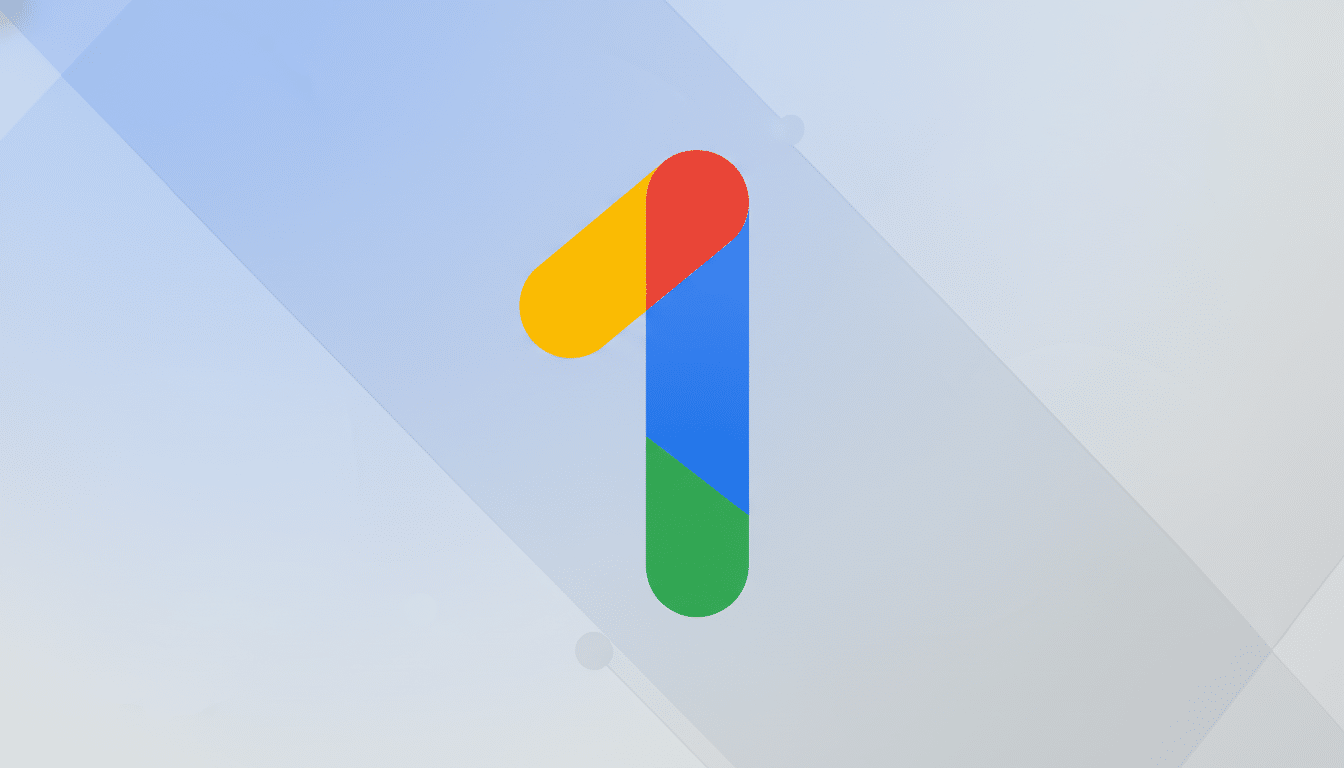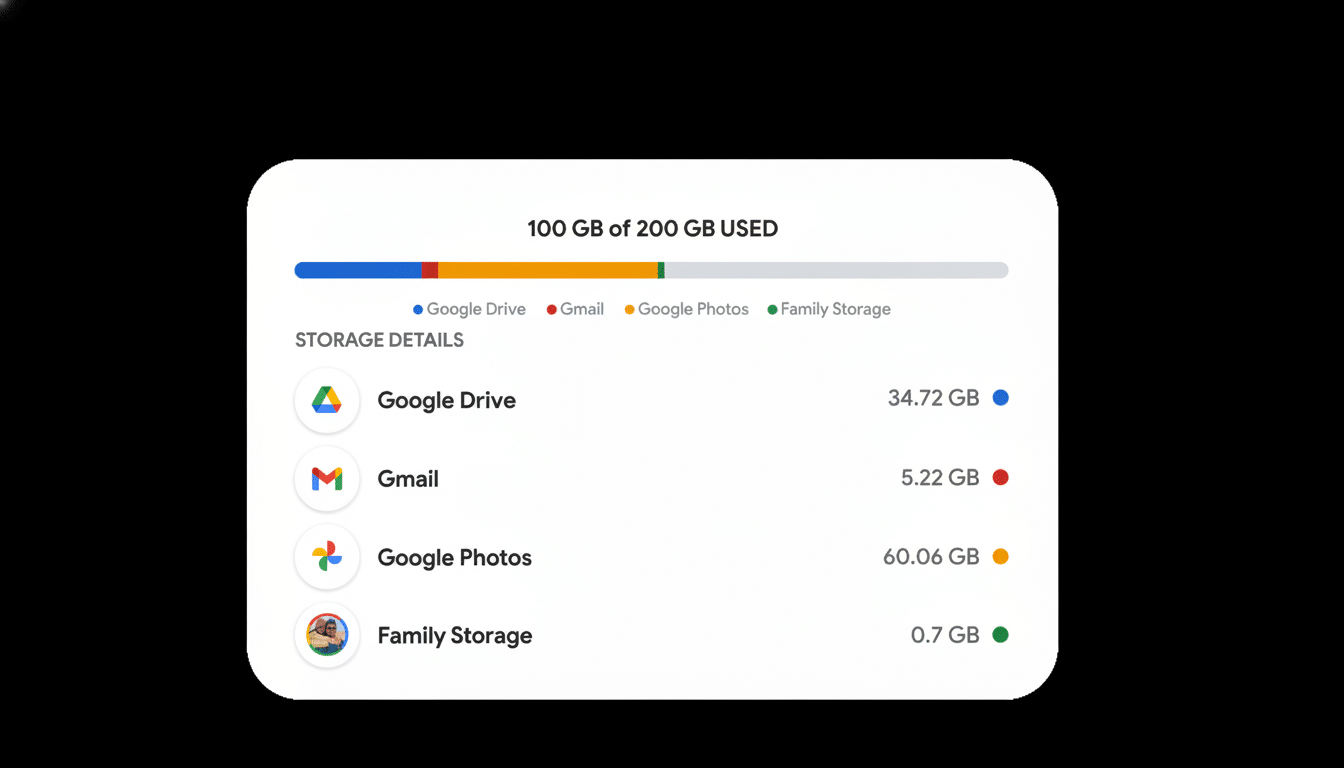Google One was meant to be the simple solution to a single problem: When your Drive filled up, you bought more storage. That clarity has been eroded as Google tacked on AI perks, pilot tiers and smart-home bundles that obscure what you get for what you pay. That effect is now perpetuated on Editorialist to the point that the subscription lineup here feels more like a maze and less like a ladder to get from one box to another.
From Basic Storage To A Confusing Perk Soup
It began with extras like exclusive Google Photos features and infrequent Store rewards. Then it was family sharing, and add-ons for features within Workspace, as well as a VPN that’s since been discontinued. In reality, Google One turned into a benefits payment and not defined by a consumer need.

Two pain points stand out. First, 200GB to 2TB is a yawning chasm. A 10x leap is excessive for many households; a 500GB or even a 1TB mid-tier would avoid wasteful overkill. Second, the family-sharing feature doesn’t have fine-grained controls. Parents have clamored for per-member storage quotas so that their teenager’s game captures won’t suck the life out of everyone else’s space. These fundamentals continue to fall behind, while AI takes center stage.
AI Tiers Multiply, Even as Value Splinters
With Gemini, Google built additional AI-driven options on top of the One matrix. The notable one is an AI plan that’s built on a 2TB layer and can be had for some $20 a month in most markets, including access to Gemini Advanced features, increased interaction limits and Workspace integrations. There’s also a top-end option that goes all the way up to 30TB of storage for power users, and costs dramatically more with even looser AI caps. At the other extreme, Google has tested a smaller AI plan in some areas of the world, combining limited AI capabilities with 200GB of storage.
On paper, choice sounds great. Yet in practice, it requires awkward tradeoffs. If you want richer Gemini features, but only require 100–200GB of storage, it nudges you into a 2TB bundle you’ll never come close to filling — in other words, forcing you to pay for unneeded capacity just so you can access some cool software. That’s contrary to product-market fit.
This bundling strategy is not unique, and it is also risky. Deloitte’s Digital Media Trends research has observed a trend of growing “subscription fatigue” and consumers being overwhelmed with overlapping features and tiered upsells. When AI becomes just one more box to check off across a bunch of plans, it stops seeming like innovation and starts feeling like overhead.
Smart Home Bundles Add Another Layer of Complexity
Google has also teased a premium smart home subscription billed as the next step in Nest Aware, emphasizing AI-driven detection and automation. It’s not clear to us whether this smart home plan is included with more premium AI-focused Google One subscriptions, but this perk does not always seem to be available with cheaper AI options. This just creates a new decision tree: Do you purchase a standalone home plan or let the plan push you to the $20 bundle because it is “included” there?
For a lot of households, that calculus functions as a de facto floor: $20 feels like the psychologically “right” spend because it rolls up several things into one, even if some aspect of à la carte usage would be cheaper. It’s smart packaging, but a Periscope streamer can experience the same dynamic as they feel required instead of chosen.

Competitors Reward Simplicity With Clear Bundles
Contrast this with Apple’s strategy. Apple One lumps together music, TV, Arcade and cloud storage in sensible, steady packages. iCloud+ also includes significant privacy features on a standalone basis, such as Hide My Email and the ability to use custom email domains. Instead, you don’t ever need to purchase a larger tier of storage to get software features that you want.
Google’s approach fragments value. Want custom email domains? That is in Workspace, not One. Want privacy tools? The One VPN was put out to pasture, according to Google itself. Want entertainment? You continue to have to manage YouTube Premium and YouTube Music separately. Add in Fitbit and app subscriptions to the pile, and one company alone can sprinkle your monthly budget across half a dozen checkout lines.
The Real-World Math Seems Bad for Consumers
Consider a common scenario. You pay $3 for 200GB. You want to try out Gemini Advanced for both work and personal tasks, but you don’t require 2TB. Today, you’re incentivized to jump up to about $20 just to get access to the cool AI features — a 6-to-7 times increase for software you’ll probably use episodically. And if you do want out-of-the-box smart home monitoring, the standalone plan starts to seem like a bit of an afterthought once you’ve jumped all the way up to an AI-equipped 2TB bundle. The line of least resistance is up, rather than right-sized.
A Cleaner Path Forward for Google One Plans
There is a no-frills solution: AI should be decoupled from storage. Also: Provide a general AI add-on compatible with all storage tiers, priced openly, with clear monthly quotas and no device caveats. If 100GB users want full Gemini features, they can buy it without a forced upgrade to 2TB.
Secondly, fill the storage gap with a 500GB or 1TB tier and provide family quotas, so admins can place capacity limits per member. Third, release a single plain-language matrix that explains where your AI features run on phones, browsers and Workspace apps. Regional parity, after all, does matter as well; pilots that will never land in major markets only serve to increase the confusion.
And finally, consider a proper bundle that matches competition: a single arrangement to subscribe that can also include YouTube Premium, YouTube Music, Play Pass and Fitbit, plus storage access and AI. And consolidation — reducing churn and enhancing perceived value are among the reasons why many consumer studies, from Consumer Reports to Accenture, find that bundling pays off. Less complicated plans aren’t only pleasanter — they’re stickier.
AI should feel like an ability you opt for, not a toll you pay. As long as Google doesn’t free up software access from storage buckets and align bundles to real-world usage, the Google One brand will always promise clarity while providing complexity — and confusion will only escalate with many more AI-powered features enabled.

